Compared the best New Zealand phone card and call deals to Australia, Europe, China, USA or any other destination.
Coming soon! Register your interest here and we will be in touch
Our promise to you.
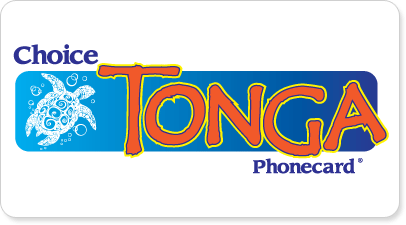
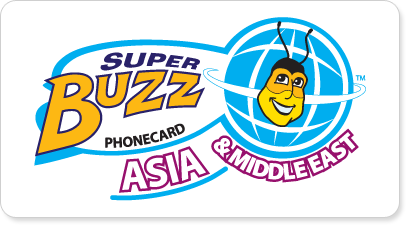
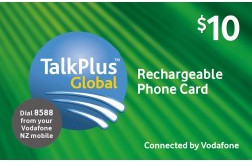
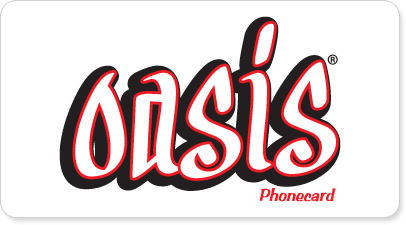
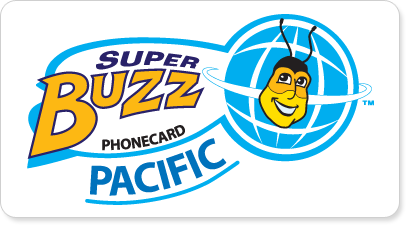
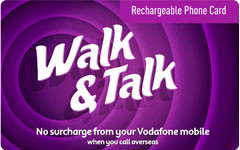
7 Step Guide to Buying International Prepaid Phone Cards in New Zealand
Travelling to or living in New Zealand is always a beautiful and life changing adventure and more often than not you’ll want to share that experience and keep in touch with family and friends abroad. Although New Zealand is geographically very far loved ones are always just a phone call away. Other ways of making international calls are continually being developed, but calling cards or phone cards still remain the most convenient and cost effective way to make international calls, especially when you are on the go. Although getting a phone card is relatively easy, and can be bought online before you even travel, understanding them is harder. There are many different fees and rates that can vary depending on the circumstance. This is where we step in with our experience in comparing all the prices of New Zealand phone cards, and we’ve put together our 7 step guide to understanding phone cards. First off we’d like to point out that calling and phone cards are the same thing, so we’ll refer to the as phone cards from now on.
1. Connection Fee
As far as complaints about phone cards go, the connection fee is typically the most mentioned. It occurs to everybody to check the rate of the call, but people often forget to check if, and how much they will be charged for the call to connect. If there is a connection fee, then regardless of whether your call is for 10 minutes or 5 seconds, you will be charged a fixed amount ON TOP OF the call rate. Sometimes this could mean that the connection fee is more than the cost of the call itself. It is therefore so important to check the cost of connection fees. Most of the cards compared on this website do not have a connection fee but many do.
2. Call Rate
The call rate is the most straight forward rate and is typically clearly visible on the phone card. Or is it!? Apart from the standard call per minute rate that you would want to check for the specific location you want to call there are two other elements that need to be considered.
Two or three tier calling rates are increasingly becoming common and are often a trap that people fall into. A multi tiered call rate is when the rate changes depending on the duration of the call and this rate can change more than once. For example, you will be charged one rate for the first minute, then a different rate for the remainder of the call. More often than not only one of these rates will be clearly advertised on the card or website and the other(s) not. And, yup, you guessed it, it will almost definitely be the cheapest rate they show you.
The second factor to consider is call rounding. In the same way that other bills in life are often rounded up or down to the nearest dollar, phone card providers will round your calls (always up!) by minutes. But calls more often than not are rounded up by 3 or 5 minute intervals. That means that if your card rounds up by 5 minutes and your phone call lasts for 10 minutes and 10 seconds you will get charged for 15 minutes! Many phone card providers do not do this but it’s something that definitely needs to be looked out for.
3. Maintenance Fee
When you purchase a phone card you are effectively opening an account with a call provider to make calls using the credit you have on your phone card. Some phone card providers charge a monthly or weekly maintenance fee for keeping this account open regardless of how you use the phone. This fee will be taken from your calling credit and in the event there is not credit the account will be closed. Again, many phone cards don’t have this maintenance fee system in place, but if you are not careful you could (worst case scenario) lose all your credit without making a single call.
4. Expiry or Validity Period
On the flip side of account maintenance fees is the validity / expiry period of an account. This is how long the account is open for and can be determined by how long the account is inactive for or simply how long you’ve had the card. The important point here is regardless of how this is determined the account will be closed regardless of whether there is money on the card or not. That’s right, if you are not careful you loose it all. It must be stated however that most accounts are either open indefinitely or for long periods of typically a year. So in reality, this system is designed to allow phone card providers to close accounts that will never be used again.
5. Access Numbers and Call Method
When you buy a phone card in New Zealand more often than not the card will have a number of different access numbers printed on the back of the card. These are the numbers that you need to call in order to connect to the phone card prompt that will then ask you for the international number you want to dial. Some cards will have a number of local access numbers for different cities. If you can use these numbers that you will get charged the rates on the card. Then there are toll-free numbers that will incur an extra charge per minute over the advertised rate. However, some cards are entirely toll-free number based, and therefore what you see is what you get and there will be only one number on the back of the card. These cards make things more straight forward, but often cost more than cards that offer a local access number.
When it comes to using mobiles, calling off your mobile phone will cost you whatever the mobile carrier charges to make a call, and this call cost will increase if it’s to a toll free number. And if you have free minutes then those will be used up for the call. However, there are phone cards specifically issued by mobile providers such as Vodafone that offer cheap international rates if you have their mobile SIM and specifically use their phone cards. If you want to use a mobile and phone card combination then that is often the cheapest option and will give you more freedom. Using public payphones often incur a whole load of extra cost and are generally best avoided.
Ultimately, as with all things you need to look at the details, if you are staying in a major city and have access to a landline then a cheap phone card with local access numbers is the best option. But if you want to be able to make calls from wherever you are, then consider toll-free or mobile specific cards.
6. Call Quality
For a lot of people call quality is the most important factor when it comes to making a long distance call, because if the call quality is poor and you don’t get the satisfaction of contacting a loved one or achieve the aim of the call then that’s money down the drain. Unfortunately, it’s impossible to test a phone card’s call quality personally until you have paid for the call. More often than not paying for and testing cards yourself is the best way to do it, especially if you plan on using phone cards over a long period of time. Otherwise, you can check for reviews online, like the myCompare average user rating on our phone card comparisons, or other sources of reviews. Call quality is always a hard one to determine as the quality of a call can fluctuate based on a number of factors and therefore two identical calls can have different qualities at different times.
7. Other Considerations
The telecoms industry is among the worlds most innovative industries and therefore there will always be new factors to consider when it comes to making your international calls, as well as new technologies or ways to make them. Many phone card providers now offer an app that can be installed that enables cheaper calls over a wireless internet connection. Other more general considerations are whether you want a pin-less prepaid phone card that remembers what device you used to make the call and hence you don’t need to continually fetch your call card for the pin on the back of it. Another factor to consider is different call prompt language options that are offered by different cards that allow people who struggle with the English language to interact with a call prompt that is in their native language.
In conclusion the prepaid phone card industry is a particularly fickle and tricky one because of all of the above mentioned factors. In New Zealand there have been a number of cases where telecoms providers have been fined by the authorities for mis representing their product. However, when you understand them and rely on good reviews and compare prices to insure you have the best deal possible they remain the best way to make international calls.
Why compare with myCompare
Finding phone cards is challenging. With so many options it is hard to choose. There are so many different providers, thousands of options and then of course there are all those confusing technical terms. That’s why we are here to help you!
We do all the hard work. We compare thousands of different prepaid cards, for you to easily filter and choose from. Making it easy for you to make your choice and get the prepaid card you want.
Compare with myCompare so you can focus on the things you love.
